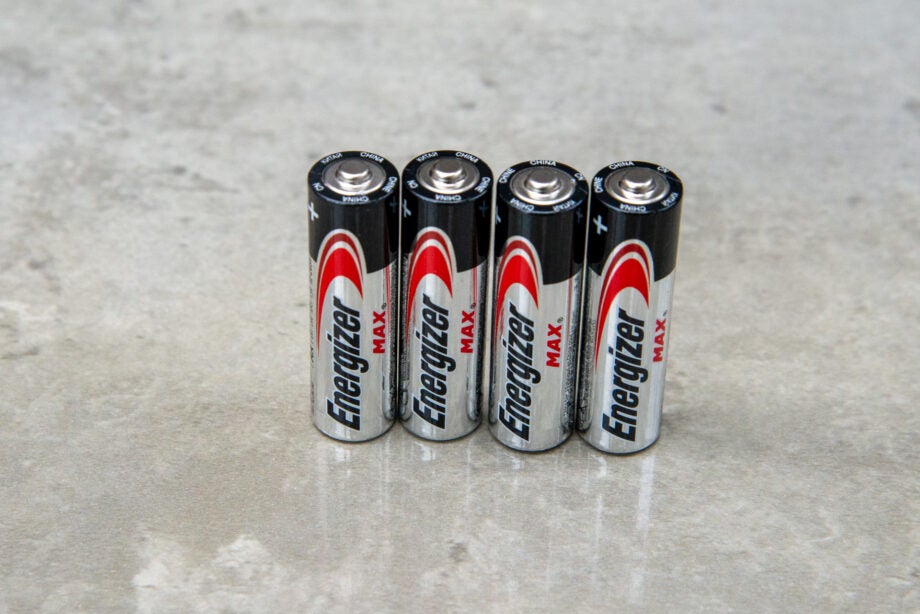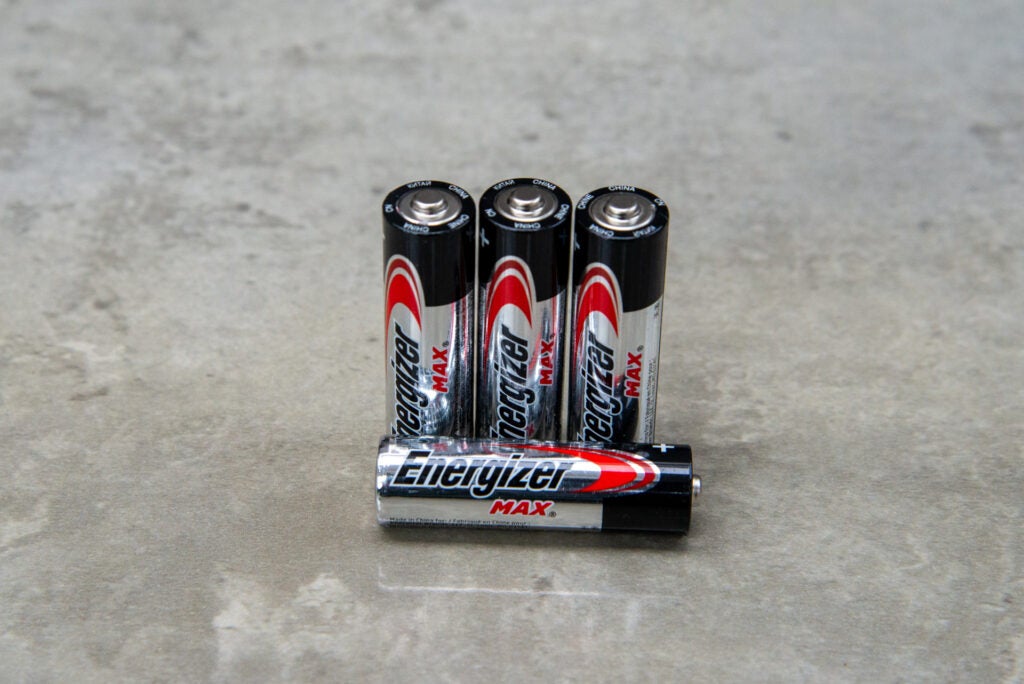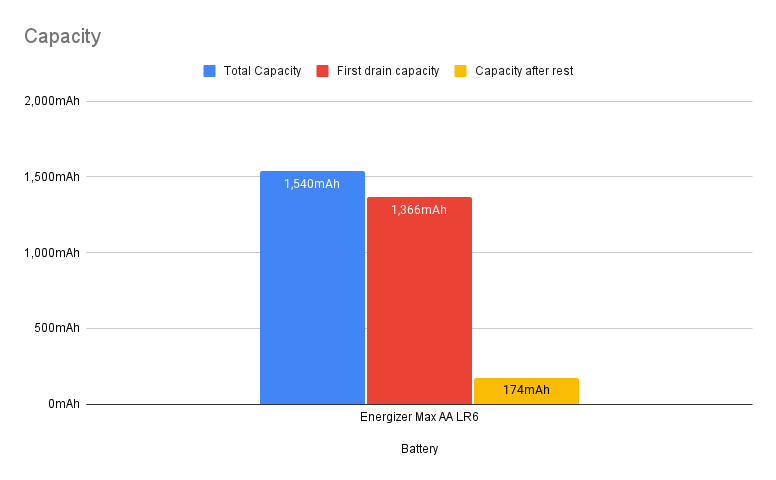Energizer Max AA Review
One of the best-known battery brands, the Energizer Max AA, proved itself in the high-drain test, making this range of batteries particularly suitable for heavy use. The units are generally well priced, but you can get slightly cheaper batteries if you want a store for general-purpose use. Introduction One of the most recognisable names in […]


Verdict
One of the best-known battery brands, the Energizer Max AA, proved itself in the high-drain test, making this range of batteries particularly suitable for heavy use. The units are generally well priced, but you can get slightly cheaper batteries if you want a store for general-purpose use.
Pros
- Good value
- High capacity for high drain
- Lots of pack sizes
Cons
- Total capacity in our tests slightly shorter than rivals
Availability
- UKRRP: £11.21
Key Features
- Battery typeAA alkaline batteries (non-rechargeable)
Introduction
One of the most recognisable names in batteries, the Energizer Max AA range, is designed to cope with high-drain use and low-drain use. The batteries are available in a range of pack sizes, with prices online often very competitive. They’re designed to have a shelf life of 10 years and are built to be leak-proof for two years from complete discharge.
I bought a pack of batteries from Amazon, then picked four AA batteries at random for testing.

Performance
I tested the batteries fresh from the pack as having a starting voltage of 1.58V, which is in line with the battery spec sheet provided by Energizer. As with all batteries, the voltage decreases as the charge is used.
Capacity depends on the load, with low-drain use (less than 25mA) quoted at a battery capacity of 3000mAh and higher use (500mA) at just over 1000mAh. These are figures from Energizer, and quote the test as running until the batteries registered 0.8V.
In my tests, I turned to the Ansmann Energy XC3000 and used its discharge test on the batteries, which runs at 600mA (+/- 20%) until the batteries hit 0.94V. On the first drainage test, I registered the batteries at 1366mAh – the second-highest result I recorded.
I then leave alkaline batteries for a few hours to cool, then re-run the drainage test to see if there’s any residual power remaining. Here, I was able to get a further 173.75mAh from the batteries, giving a total over both tests of 1539.75mAh.
That’s superb performance, showing that these units are particularly well suited for high-drain loads (think of torches or portable audio players), although low-drain devices will see the capacity run higher and these AA batteries last for longer.

Latest deals
Should you buy it?
If you need high-performance batteries for more demanding applications, these are a great buy.
Overall capacity through both of our tests was a little lower than the leading batteries.
Final Thoughts
Doing very well in my relatively high-drain test, these batteries are a great choice for such application. They’re only slightly ahead of the GP Ultra AA batteries, and a little more expensive. As a result, if you want batteries for high-drainage use, then these are the units to buy. For more general-purpose batteries, the cheaper GP Ultra probably make more sense.
How we test
Unlike other sites, we test every alkaline battery we review thoroughly over an extended period of time. We use standard tests to compare features properly. We’ll always tell you what we find. We never, ever, accept money to review a product.
Find out more about how we test in our ethics policy.
We use an Ansmann Energy XC 3000 to drain batteries, so that we can test capacity in mAh. After the first run, we allow the batteries to cool and then retest to give us a second reading.
We measure the initial voltage of the batteries, checking that the starting voltage is at least 1.5V.





